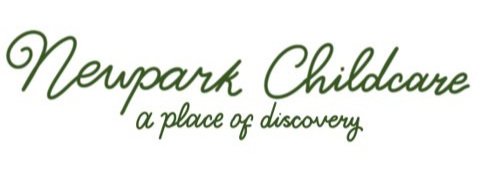Why Pouring?
"Can you please stop my child pouring
and get them to learn something?”
A key principle of the Montessori Method, and one of the main contributing factors of its success, is that it has at its core a robust curriculum. This curriculum is not obvious at first glance: there is no timetable, no textbooks and no teacher standing at the front of a class lecturing to a room full of children. In our Montessori school classroom however, the curriculum however can be seen all around the room – a room of shelves filled with bespoke scientifically designed learning tools we call Montessori materials. These materials are arranged around the room in a way that reflects the chronological order in which they are introduced to the children.
This chronological order of materials and the children’s work through these highly logical materials is the Montessori curriculum. Each material or activity is directly preparing the child for the next step in a chain of successive activities that indirectly lead the child to grander things. Therefore at Newpark we are continually thinking of our children's development and academic progress in terms of this sequential programme. Our Montessori teachers are specially trained to know every material in depth and how to introduce every piece of material to a child and when to do so. The teacher then knows how to observe a child working independently with it in order that they achieve the aim of that particular material, and when to offer help and guidance and when to move onto the next material.
We appreciate that some parents may find it difficult to identify how some of the more ‘unusual’ activities that children spend hours happily working away with will lead to more easily identifiable learning outcomes. So when we excitedly report on a child's mastery of a particular material that you may view as mundane and are at a loss to see the academic significance, we are not simply commenting on the achievement at that point in time, but thinking ahead to the future academic potential that the child has now moved closer toward as a result of that achievement.
For example, let's look at one of the many aspects of Literacy - Handwriting.
The ability for a child to write does not simply rest on their understanding of the Latin symbols that make up our alphabet and their corresponding phonic sounds. In fact, a more important preliminary step is the ability to control a pencil, which requires highly developed fine motor skills and a great deal of concentration and patience - which can sometimes be in short supply. Therefore, Maria Montessori developed many enticing Practical Life and Sensorial materials for the youngest children in the classroom to utilize the 'pincer grip' needed for clear and neat handwriting. Through using this grip the child, without even realising it, is strengthening and preparing their hand for future handwriting. Furthermore, the children are drawn into the beautiful Practical Life and Sensorial materials which keep them focused at such a young age which lengthens and deepens their powers of concentration so that when they first approach a more challenging activity such as forming their first letters with a pencil they have the requisite focus to persevere with such an activity without being put off by frustration if they are not able to achieve the desired end result immediately.
It is also worthwhile mentioning that almost all of the Montessori material and activities your child works with or takes part in have more than one aim or objective - more often than not there is three or four things happening at once in developmental terms. We have looked specifically at handwriting in this example, but by working with these materials shown above your child is also acquiring the preliminary skills they will need for many other areas of their learning. By way of an example let’s look at pouring. Pouring activities, like all Montessori Practical Life activities, are graduated and isolated in difficulty. When transferring beans or water from one container to another, we begin with the largest motor skill to isolate. In this case, we begin by transferring from one jug to another. The child concentrates on using whole arm and hand movements. Once that is mastered, the child moves on to pouring from one jug to two glasses of equal size, then one jug to three differently sized vessels. Each activity introduces a new level of difficulty. First, the child is gradually preparing for more complex works that require more steps, thus lengthening and strengthening their concentration step by step. Second, the child is now able to pour themselves something to drink when they thirsty. This builds independence which is not only an essential part of growing up, but is an important attitude for a child to develop who we hope will grow up to have an enquiring mind with the self-esteem to seek solutions to their own questions. Third, the child is able to serve others something to drink without spilling. This builds coordination and confidence. Fourth, the child has learned to evaluate how many beans or much water is in the jug and precisely calculate how much should be poured into each glass or vessel so that they are equal. This is developing a mathematical mind. And last, but certainly not least, the Montessori child has developed small muscle control by moving from a whole hand to a pincer-grip movement. This is an indirect preparation for holding a pencil and writing.
So if you find yourself reflecting on how much time your child is spending pouring, polishing, or scrubbing, just spare a moment to contemplate the exciting long term goal that your child is heading towards here at Newpark!

